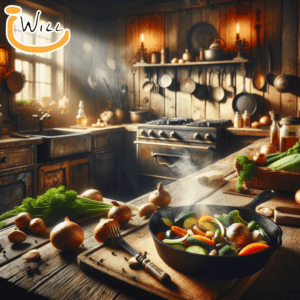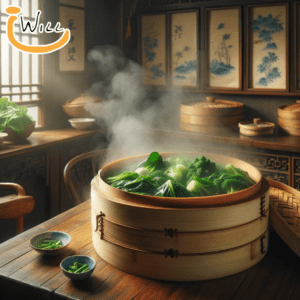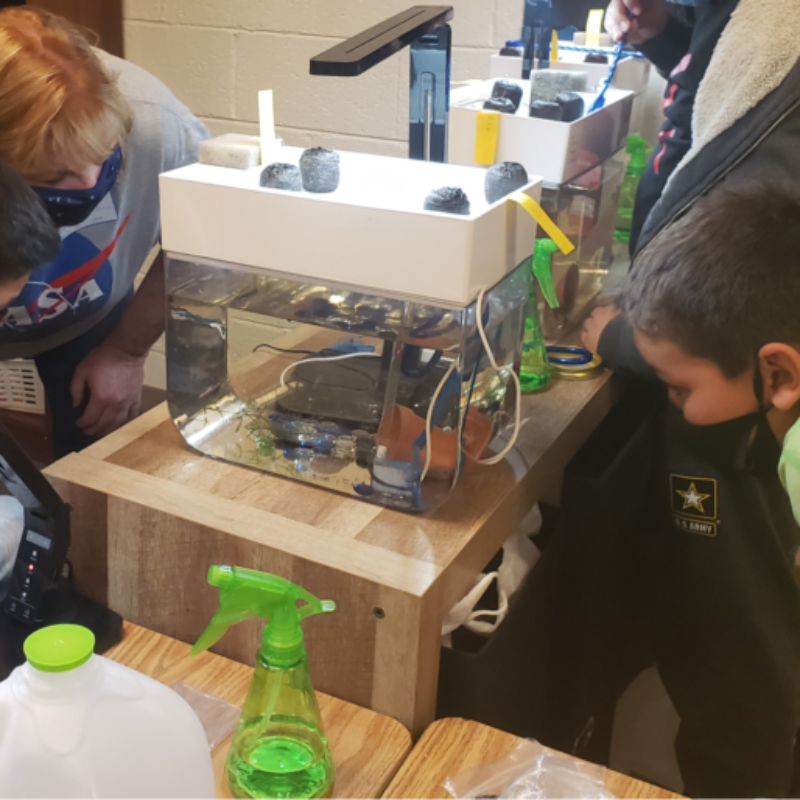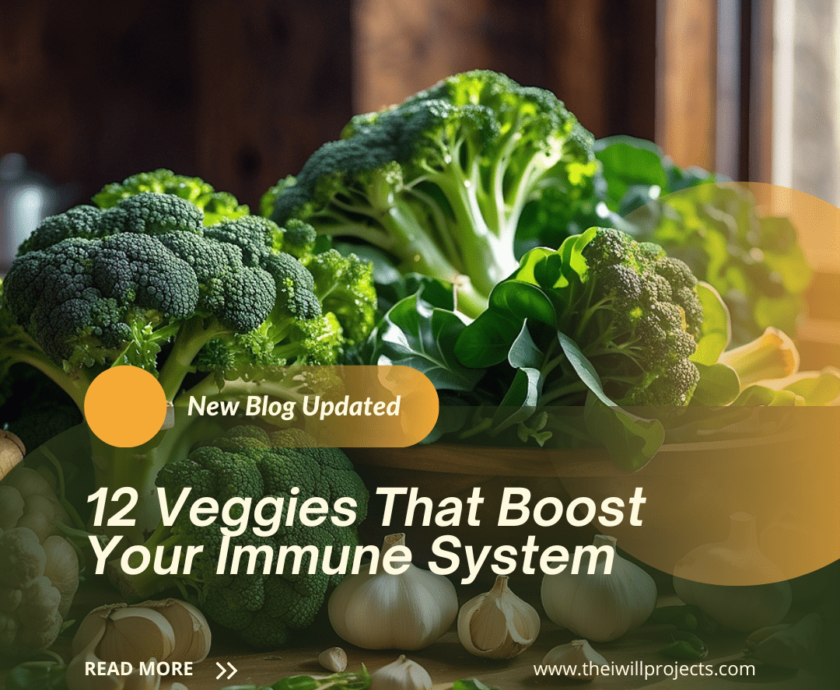“To eat is a necessity, but to eat intelligently is an art.” – François de La Rochefoucauld
TweetTable of contents
- Introduction
- Steam, Don’t Boil: Preserving Water-Soluble Vitamins
- The Quick Wonders of Stir-Frying
- Microwaving: A Surprising Nutrient Saver
- Timing Is Everything: Cooking Duration and Nutrients
- Pair with Fats: Boosting Vitamin Absorption
- Keep the Skin On: The Hidden Nutritional Gem
- Go Raw Sometimes: The Uncooked Advantage
- The Cutting Edge: How Chopping Affects Nutrients
- The Right Oils: Maximizing Benefits
- Conclusion: A Nutrient-Packed Culinary Adventure
- FAQS
Introduction
Have you ever pondered the best ways to maximize nutrients while cooking vegetables, transforming them into a powerhouse of health benefits? In our quest for a healthier lifestyle, we often focus on the types of fresh vegetables to include in our diets, but overlook a crucial aspect – the cooking method.
The truth is, the approach you take to cook your veggies is pivotal in determining their vitamin content and overall nutritional benefits. It’s not merely about picking the freshest produce from the market; it’s about strategically cooking them to preserve and enhance their key nutrients.
This article is dedicated to unveiling the techniques that will help you harness the full nutritional benefits of your vegetables. Let’s begin this taste-filled exploration together and master the art of nutrient-rich cooking!

Steam, Don’t Boil: Preserving Water-Soluble Vitamins
When it comes to cooking veggies, one golden rule is ‘steam, don’t boil’. Boiling might seem convenient, but it’s a surefire way to leach out valuable water-soluble vitamins like vitamin C and B vitamins.
Think about it like this: it’s like letting your hard-earned money slip through a sieve. Instead, by steaming, you essentially create a gentle cocoon for your vegetables, allowing them to retain these essential nutrients. The steam cooks them just right, keeping them close to their natural, raw state while making them tender and easier to digest.
The Quick Wonders of Stir-Frying
Stir-frying is like the superhero of cooking techniques when it comes to preserving nutrients. It’s fast, it’s efficient, and it saves the day (nutritionally speaking). The quick exposure to high heat ensures that vegetables retain more of their vitamins and minerals compared to longer cooking methods.
Plus, the minimal use of oil helps prevent the loss of fat-soluble vitamins like A, D, E, and K. It’s all about the rapid-fire action in the pan – quick enough to cook, but swift enough to preserve those vital nutrients.
Microwaving: A Surprising Nutrient Saver
Microwaving might get a bad rap in the culinary world, but when it comes to locking in nutrients, it’s a winner. This method uses little to no water, which means fewer nutrients are lost during the cooking process. It’s like putting your vegetables in a nutrient-preserving vault. The shorter cooking time also plays a significant role in retaining antioxidants and vitamins, making microwaving an unexpected hero in the kitchen.
Timing Is Everything: Cooking Duration and Nutrients
Cooking your vegetables for an extended period can often lead to a decrease in their nutritional value, a key aspect to consider in the ways to maximize nutrients while cooking vegetables. It’s akin to a tightrope walk – maintaining a perfect balance is crucial.
Excessive cooking diminishes essential vitamins and minerals, stripping away the very essence of what makes vegetables a healthy choice. To circumvent this, vigilance with time is essential. Aim to cook your veggies just enough so they are enjoyable to eat, retaining their vivid colors and inviting textures, yet not so long that they lose their nutritional richness. In the world of vegetable preparation, adopting the principle of ‘less is more’ is often the best approach to preserving their natural goodness.
Pair with Fats: Boosting Vitamin Absorption
Did you know that pairing certain fats with your vegetables can actually enhance nutrient absorption? Vitamins A, D, E, and K are fat-soluble, meaning they are better absorbed when eaten with fats. So, tossing your vegetables with a bit of olive oil or avocados isn’t just for flavor – it’s a strategic move to boost the nutritional value of your meal. It’s like pairing a lock with its key – the fats unlock the potential of these vitamins for your body.
Keep the Skin On: The Hidden Nutritional Gem
The skin of many vegetables is loaded with nutrients and fiber. By peeling vegetables, you’re often stripping away a treasure trove of vitamins, minerals, and fiber. Think of the skin as the vegetable’s protective armor, packed with goodness. Whenever possible, give those veggies a good scrub and cook them with their skin on to reap the full benefits.
Go Raw Sometimes: The Uncooked Advantage
While cooking can enhance certain nutrients, going raw is sometimes the best option. Raw vegetables maintain all of their vitamins, minerals, and enzymes, which can be lost during cooking. It’s like getting the unfiltered version of a song – pure and unaltered. Incorporating raw vegetables into your diet, like in salads or as snacks, ensures you get these nutrients in their most natural form.
The Cutting Edge: How Chopping Affects Nutrients
The way you chop your vegetables can impact their nutrient content. Finely chopping or blending can expose more surface area to air, leading to nutrient loss, especially in vitamin C and certain B vitamins. It’s similar to how a sliced apple turns brown when left out. To minimize this, chop your veggies right before cooking and eat them as soon as possible after chopping.
The Right Oils: Maximizing Benefits
Using the right type of oil can make a difference in nutrient retention. For instance, oils with higher smoke points, like avocado or grapeseed oil, are better for high-heat cooking like stir-frying. They help maintain the integrity of the oil and the nutrients in your vegetables. Think of it as choosing the right armor for a battle – the better the armor, the better the protection.

Conclusion: A Nutrient-Packed Culinary Adventure
Stepping into the world of maximizing nutrients in your vegetables is an exciting and flavorful endeavor that doesn’t demand a professional chef’s skills or a high-end kitchen. It’s all about embracing the ways to maximize nutrients while cooking vegetables, turning each meal into a fresh food fiesta. Whether you’re unlocking the vitamin C content in broccoli through steaming, preserving the vitamin content in carrots with a quick stir-fry, or savoring the nutrient content in a crisp salad of raw vegetables, every cooking process has its unique benefits.
Understanding how heat breaks down cell walls to enhance nutrient availability or how the content of vitamins varies with different cooking methods is key. This journey is not just about retaining nutrients; it’s about enriching your diet with fresh food that bursts with flavor and health benefits. So, arm yourself with these insights and embark on a culinary quest where the nutrient content of your vegetables reaches its peak potential. Happy cooking, and here’s to a diet rich in taste and nutrition!
FAQS
Does cooking destroy all nutrients in vegetables?
No, cooking does not destroy all nutrients. While some are lost during cooking, others become more bioavailable. It’s about finding the right balance.
Are frozen vegetables less nutritious than fresh ones?
Not necessarily. Frozen vegetables are often frozen at peak ripeness, preserving their nutrients.
Can I preserve nutrients by washing vegetables after chopping?
Washing vegetables after chopping can actually cause more nutrient loss. It’s better to wash them before chopping.
Is it always better to eat vegetables raw for maximum nutrients?
Not always. Cooking can increase the availability of some nutrients and antioxidants.
How does the acidity of food affect nutrient retention during cooking?
Acidity can preserve certain nutrients, like vitamin C, during cooking. However, it’s a delicate balance and varies with different cooking methods.
The I Will Projects, a 501c3 Non-Profit, promotes diverse solutions for global challenges. Our IFIZ education programs, emphasizing aquaponics, and insect farming, empower communities through knowledge, collaboration, and sustainable innovation. See How it Works
References:
cnn.com/2016/05/05/health/healthy-vegetable-cooking/index.html
healthline.com/nutrition/cooking-nutrient-content
somiigbene.com/preserve-nutrients-cooking-vegetables
ncbi.nlm.nih.gov/pmc/articles/PMC6049644













